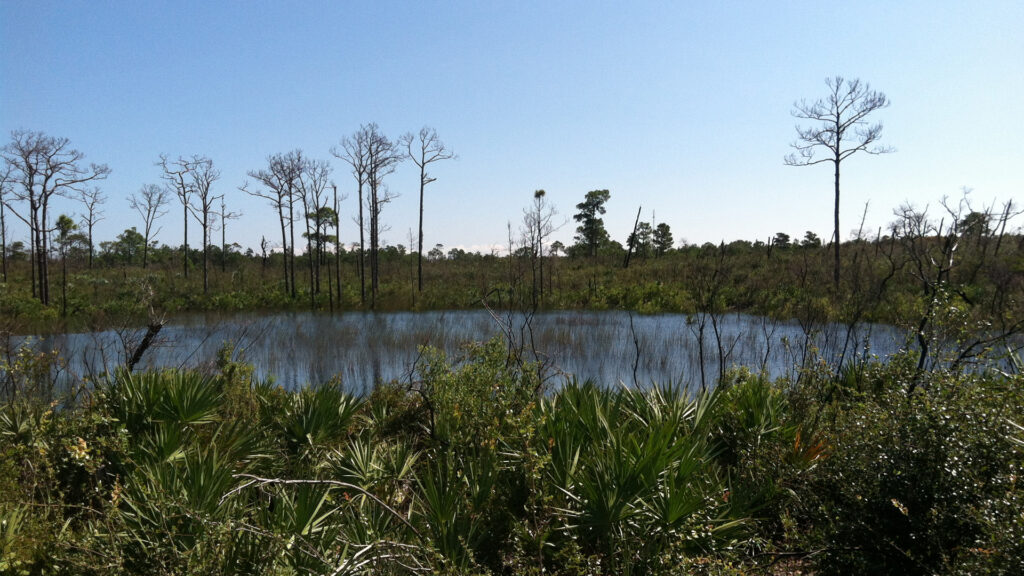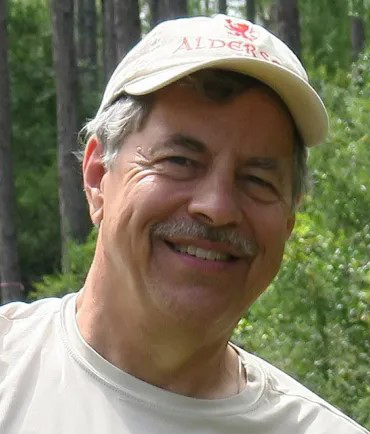By Doug Alderson
With the Nov. 5 election behind us, let us celebrate an important aspect of our lives as Floridians and a vital component of our state’s tourism economy — our award-winning Florida state parks.

The recent state park debacle in which several parks were slated for golf courses, pickleball courts and 350-room hotels revealed the love and protective instincts people have for our parks. Thousands joined together in protest along with a near unanimous bipartisan chorus of local, state and federal elected officials, among the most vocal being Rep. Brian Mast. “Over my dead body will there be a golf course at Jonathan Dickinson State Park!” he wrote on his Facebook page.
But one aspect that has been overlooked is the impact this issue has had on rank-and-file state park workers and others in the Department of Environmental Protection’s Division of Recreation and Parks. Most people sought jobs in this public sector because they love the outdoors and embrace the ideals of conservation and public service.
The Florida Park Service mission is not just words on paper but something to embody every day: “to provide resource-based recreation while preserving, interpreting and restoring natural and cultural resources.” Where do three golf courses in endangered scrub habitat and 350-room hotels in increasingly rare unspoiled coastal environments fit in with that mission? And why come to a state park to play pickleball or disc golf versus your city or county park?
State park plans and amendments are normally done through a long and careful process of working with park professionals in the field and extensive input from the general public to ensure the right balance between resource protection and outdoor recreation. Not with this latest plan. Only a handful of people in Tallahassee were in the know and none of the park employees were told anything about what was being planned for the parks they manage. The plan was to push the plan through the public process quietly and quickly. It was like driving a tank into a schoolyard and hoping no one would notice.

Even though the proposals to develop these nine state parks — and another 17, we learned later — have been shelved for now, the morale at DEP has suffered. Several good workers I know have recently left or applied for other employment, and we recently learned that DEP Secretary Shawn Hamilton has abruptly left, likely because of this issue.
So, if you visit one of our beloved state parks, please thank the rangers you see for their service. They work long hours for low pay at parks that are often understaffed. They are dedicated to not only protecting natural Florida, but restoring native habitats to their optimal condition. And they are also dedicated to serving you, the public, so that your visit will be positive and memorable.
If you have some extra time, join one of the many state park Friends groups or donate to the Florida State Parks Foundation which advocates for all the state parks. Also, consider contributing to the James A. Cook Relief Fund of the Florida Park Service Ranger Association since it gives emergency funds to past and present state park employees who are suffering from storm damage or serious injury or illness. And most of all, please stay vigilant in protecting our state parks because once they are gone, they cannot be replaced.
Doug Alderson, author of several award-winning books on Florida’s outdoors and environment, recently retired from DEP’s Office of Greenways and Trails where he coordinated the state’s system of kayak and canoe trails. This opinion piece was originally published by the Orlando Sentinel, which is a media partner of The Invading Sea. Banner image: A boardwalk to the Hobe Mountain Tower at Jonathan Dickinson State Park. (Ebyabe, CC BY-SA 3.0, via Wikimedia Commons).
Sign up for The Invading Sea newsletter by visiting here. To support The Invading Sea, click here to make a donation. If you are interested in submitting an opinion piece to The Invading Sea, email Editor Nathan Crabbe at ncrabbe@fau.edu.



